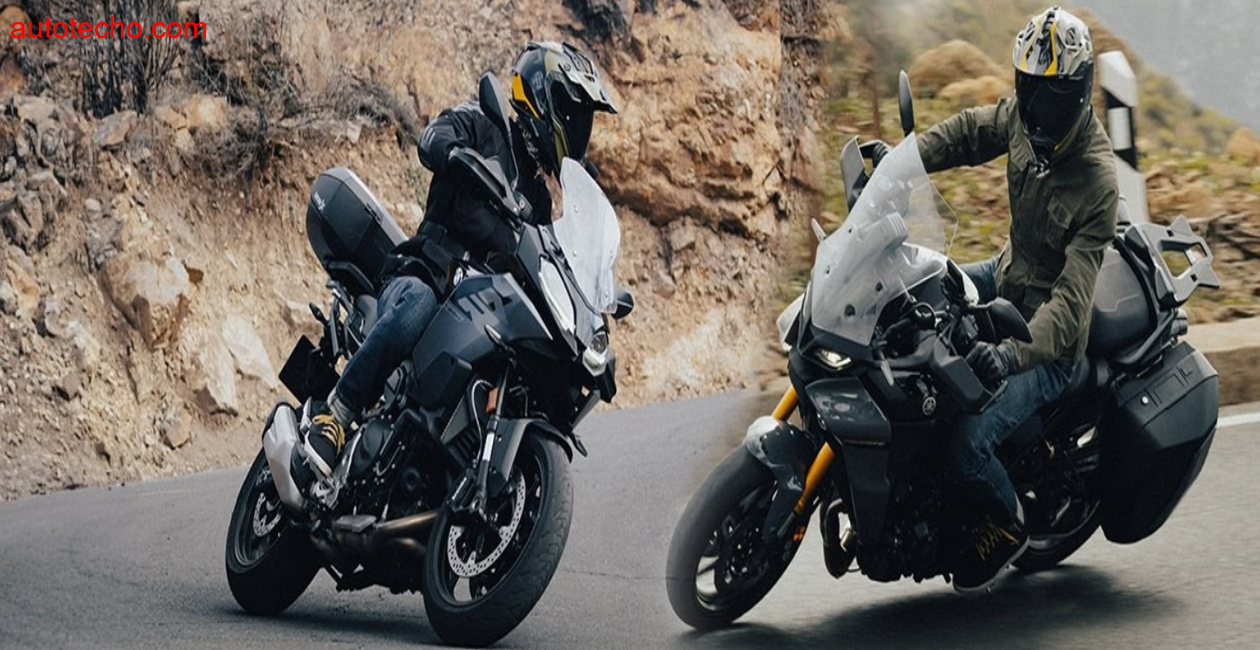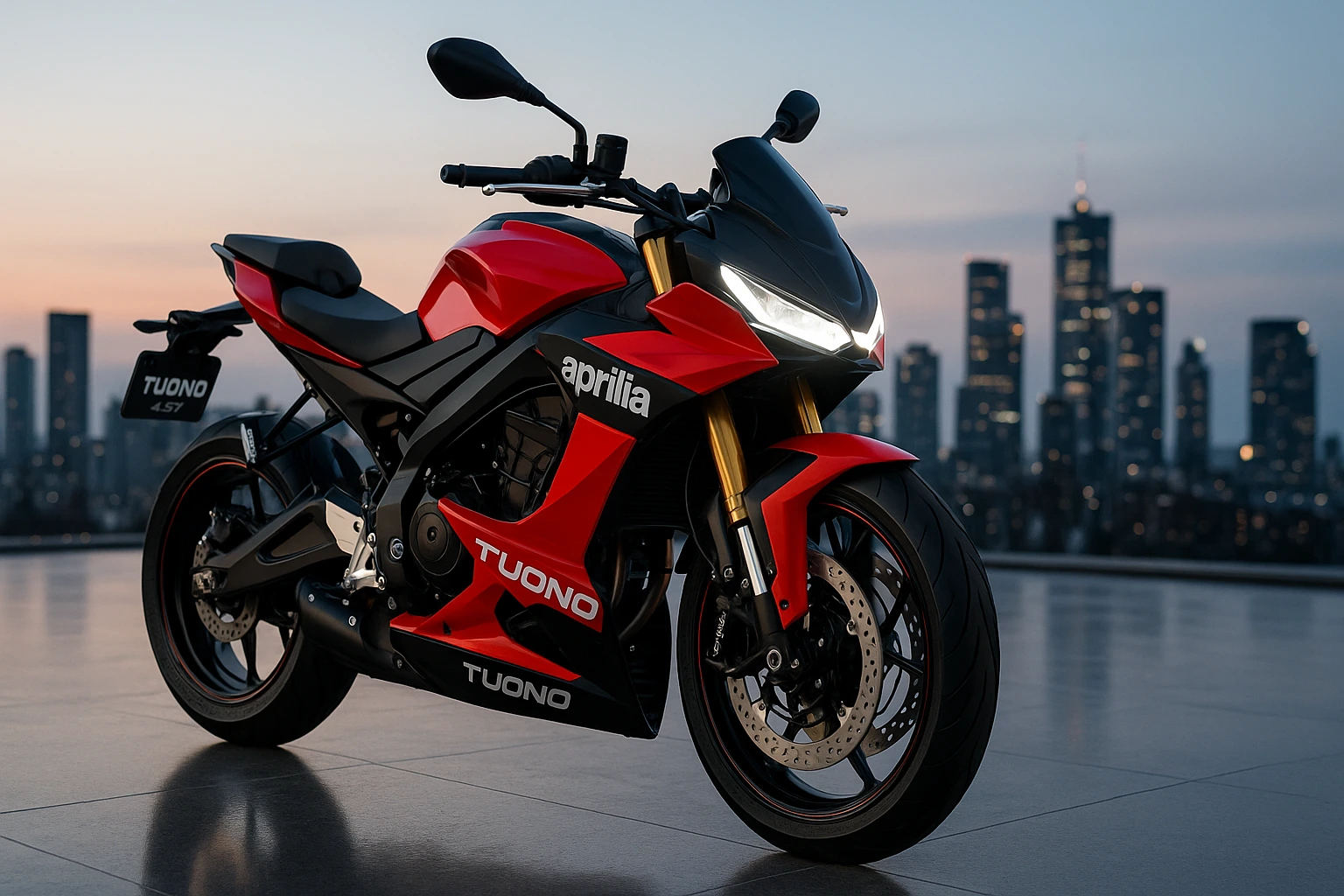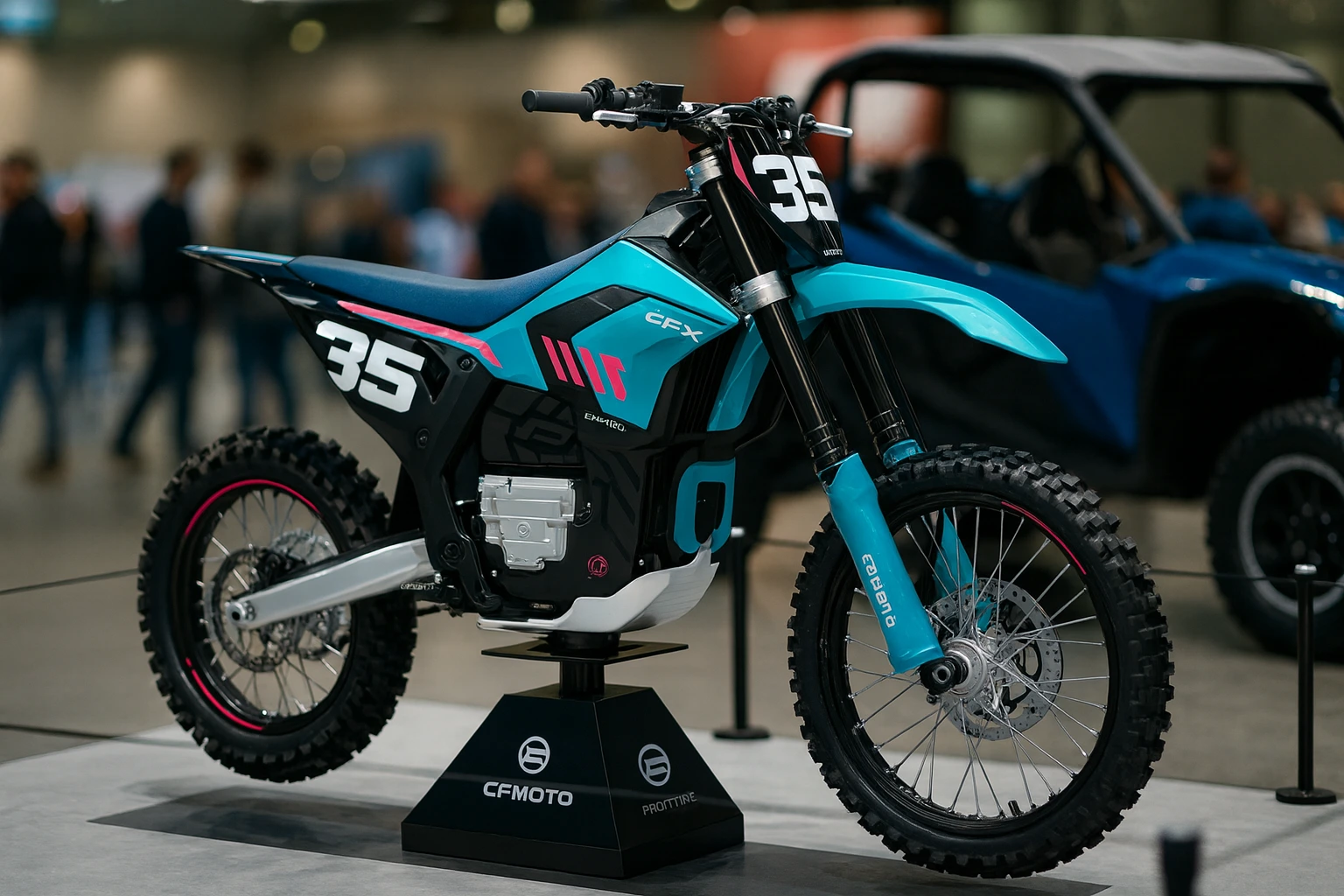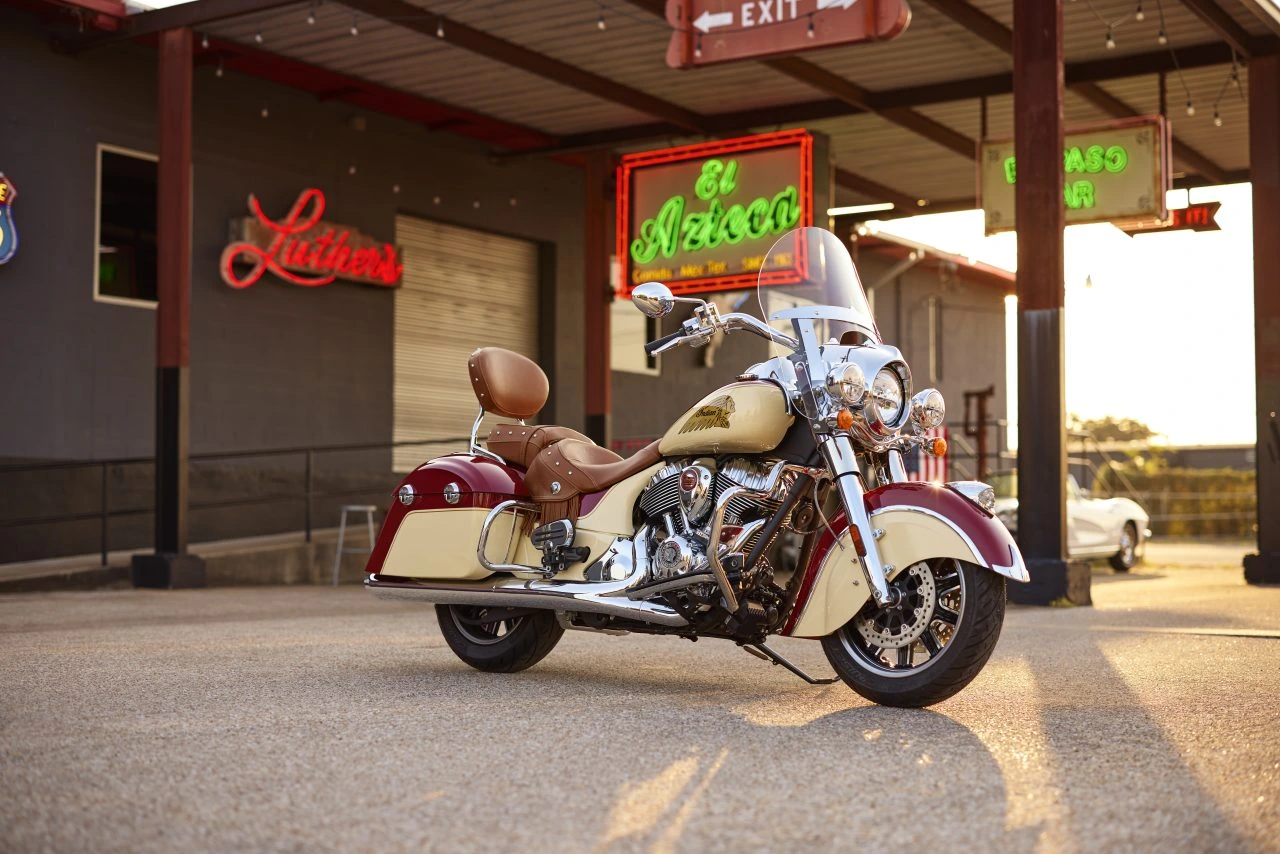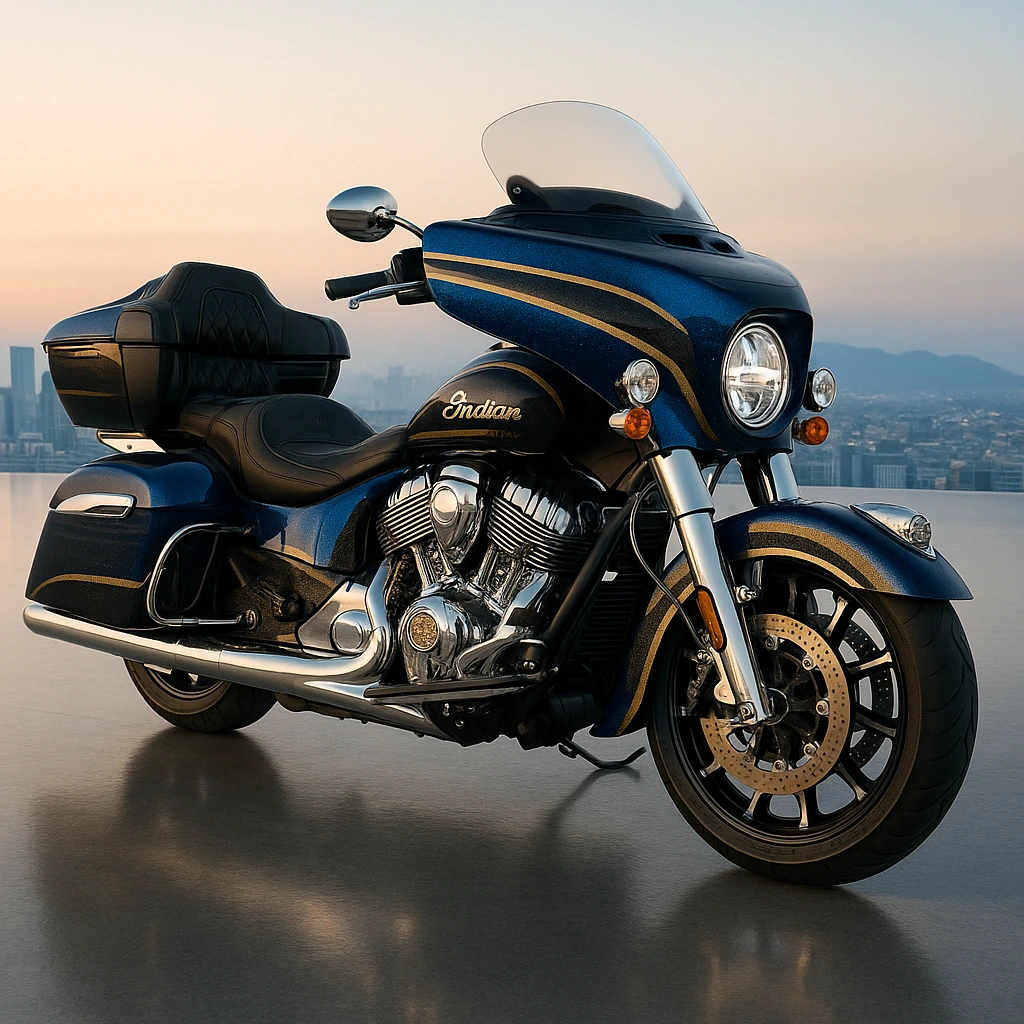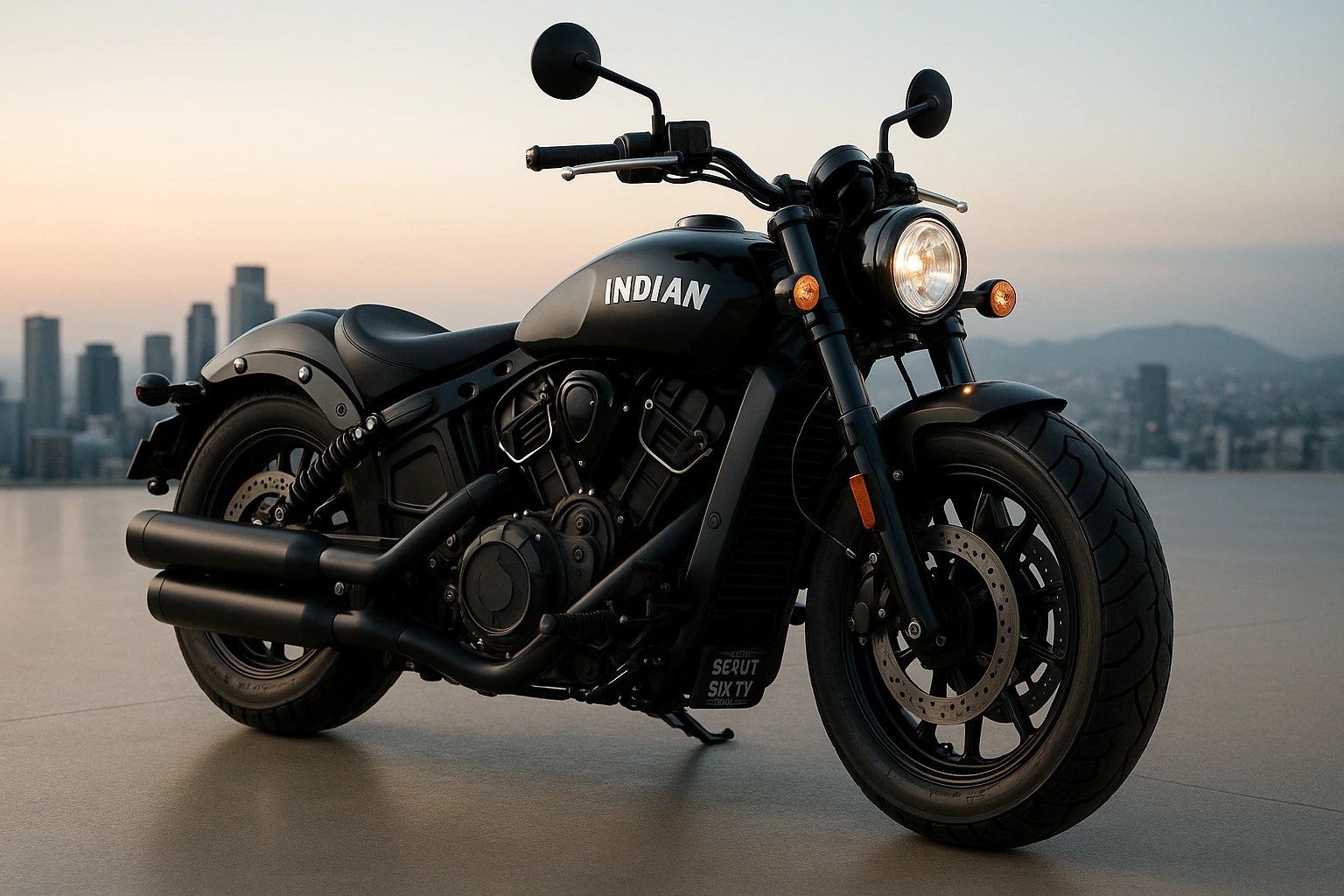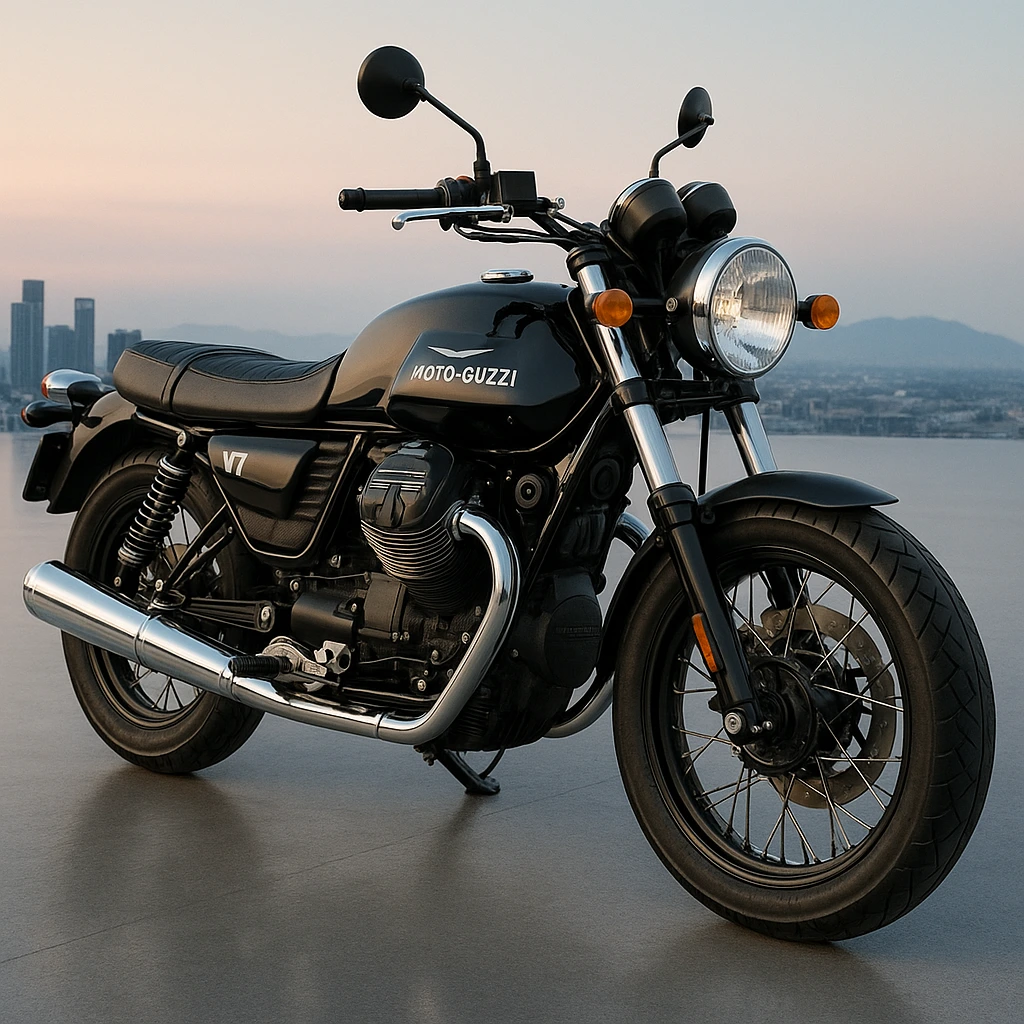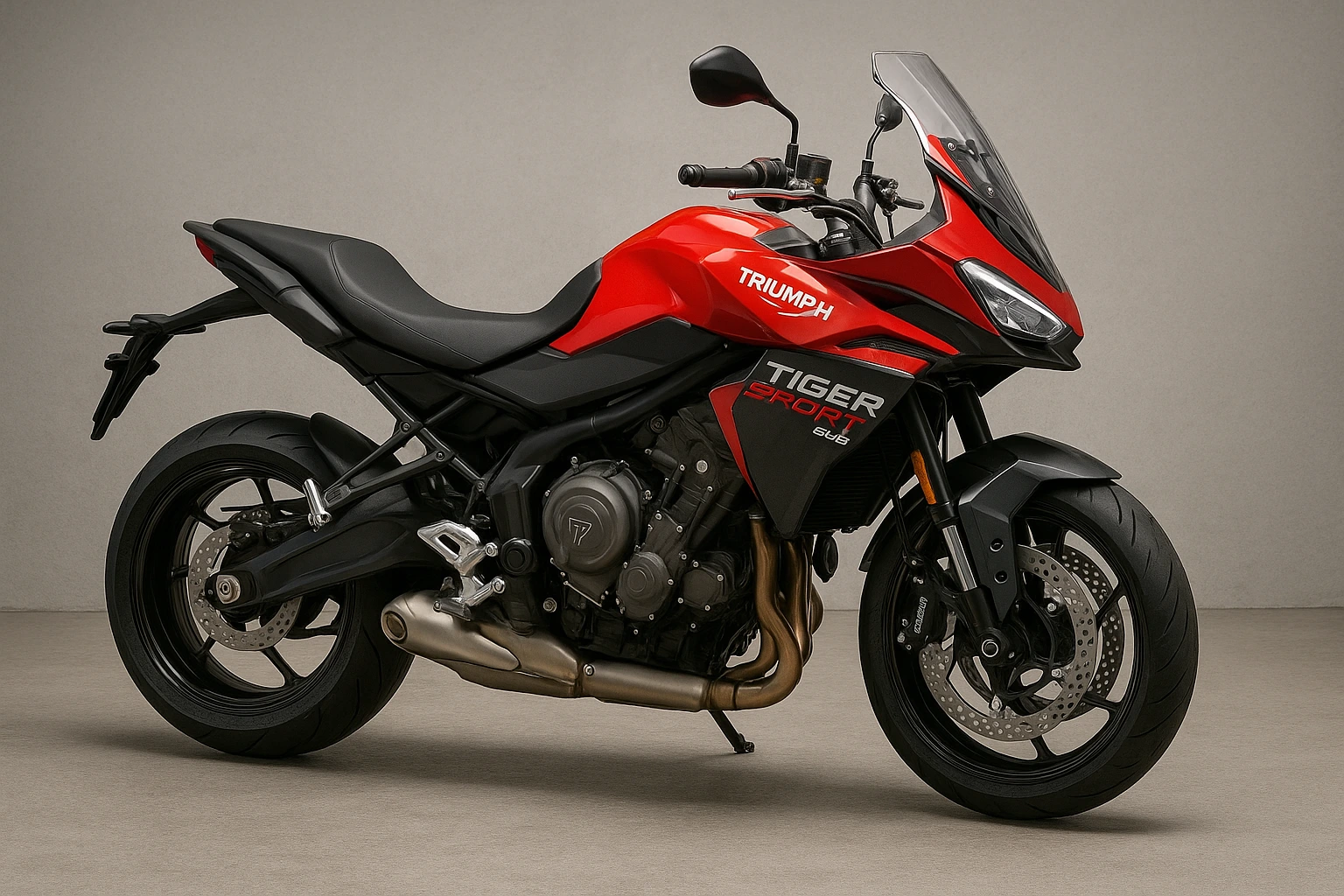The battle of the ideas: two-cylinder versus three-cylinder. Which is healthier? BMW or Yamaha?
In relation to fashionable crossover bikes, there is no such thing as a getting round these two rivals: The BMW F900XR and the Yamaha Tracer 9 GT+ signify two completely different interpretations of the right mixture of sport and touring. Whereas BMW depends on the 895ccm twin with 105 hp, Yamaha counters with the legendary CP3 three-cylinder, which conjures up a whopping 119 hp from 890ccm.
Engine Character: Two Methods to Driving Pleasure
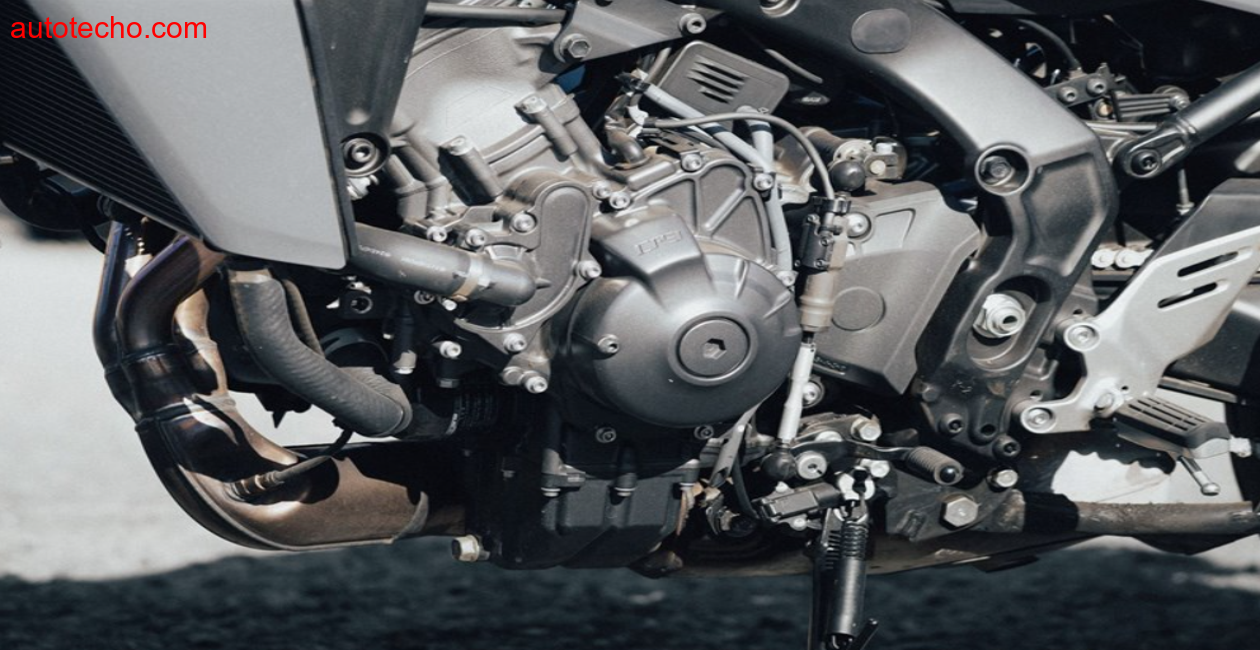
The BMW twin wants a little bit extra revs to actually get going. It involves life at 5,500 rpm after which affords a strong, emotional character. The Tracer, alternatively, scores with the buttery clean CP3 triple. “The engine covers an extremely broad spectrum,” enthuses our colleague Mex. “From relaxed gliding to sporty nation street racing – this three-cylinder is just in a category of its personal.”
Sitting place and ergonomics: hits on each side
Each bikes have finished their homework when it comes to ergonomics. The BMW impresses with its slim design and a reasonable seat top of 820mm. The Tracer counters with a superbly padded seat and a very beneficiant knee angle – a plus for tall riders. “You instantly really feel at residence on the Tracer,” says Dom, however he additionally praises the XR for its common ergonomics.
Chassis and dealing with: electronics meets mechanics
The Tracer 9 GT+ boasts its digital chassis. The pre-configured modes work completely, however the high-speed damping could possibly be a little bit extra finely tuned for fast impacts similar to manhole covers. In our take a look at bike, the BMW makes use of the Dynamic ESA on the rear, whereas the entrance stays typical. On Gran Canaria’s tough mountain passes, we just like the BMW’s “Highway” mode higher than the tight “Dynamic” setting. Total, the Yamaha’s chassis appeared to be of upper high quality and in addition provided a wider adjustment vary.
Help techniques: Yamaha one step forward
Right here the Tracer reveals what’s technically doable at present. The radar cruise management and energetic brake help are new territory on this class – even when the artificial braking feeling takes some getting used to at first. The BMW counters with a superbly coordinated lean angle ABS and a very good working idea. The Yamaha is the considerably dearer bike compared. However in fact the statements additionally apply to the cheaper Tracer variant with out the costly radar cruise management.The take a look at had one small catch: the Yamaha take a look at bike with its GT+ gear was round 3,000 euros dearer than the examined BMW F900XR. This value distinction might have skewed the ends in favor of the Yamaha. However BMW has to place up with that, as a result of often it’s the different manner round: BMWs are sometimes the dearer take a look at candidates, as a result of they enter the race with in depth gear choices and a protracted listing of further prices. As a rule, it’s the absolutely outfitted fashions from Munich that get pleasure from a bonus compared checks due to further options. This time Yamaha had the gear benefit however the value drawback!
Wind safety and touring qualities: sensible particulars in focus
Each bikes have adjustable windshields. The BMW scores with its nicely thought-out cockpit format and the right integration of the Linked app. The buttons and switches on the BMW are merely higher positioned than on the Yamaha. Regardless that the Yamaha affords the bigger and extra spectacular show, the software program answer presently obtainable for the cell phone shouldn’t be but adequate. BMW has an enormous lead right here. The answer works extra reliably and is extra sensible.
Efficiency and drive: extra shouldn’t be at all times higher
In observe, the 14 hp additional energy of the Tracer is much less necessary than the completely different engine traits. The BMW twin impresses with its highly effective sound and direct throttle response. The Yamaha triple impresses with its bigger pace vary and clean operating. Delicate pilots will discover the sound of the Tracer a little bit too intrusive.
Technical information BMW F 900 XR 2025
| engine and drive | |
|---|---|
| engine kind | Row |
| variety of cylinders | 2 |
| timing | 4-stroke |
| valves per cylinder | 4 |
| valve management | DOHC |
| cooling | fluid |
| lubrication | dry swamp |
| displacement | 895 cc |
| drilling | 86 mm |
| Hub | 77 mm |
| Efficiency | 105 hp |
| rpm at energy | 8500 rpm |
| torque | 93 Nm |
| rpm at torque | 6750 rpm |
| compression | 13.1 |
| combination preparation | injection |
| throttle valve diameter | 48 mm |
| starter | electrical |
| coupling | a number of discs in an oil bathtub |
| drive | Chain |
| transmission | gearshift |
| variety of gears | 6 |
| A2 throttling doable | Sure |
| chassis | |
| Body | Metal |
| body development | Bridges, engine supporting |
| steering head angle | 64 levels |
| caster | 105 mm |
| entrance suspension | |
| suspension | Upside-Down telescopic fork |
| diameter | 43 mm |
| suspension journey | 170 mm |
| setting possibility | compression, spring preload, rebound |
| rear suspension | |
| suspension | double-sided swing arm |
| materials | aluminum |
| shock absorber | monoshock |
| Recording | direct |
| suspension journey | 172 mm |
| setting possibility | spring preload, rebound |
| entrance brakes | |
| design | double pane |
| diameter | 320 mm |
| Pistons | four-piston |
| expertise | radial |
| rear brakes | |
| design | disc |
| diameter | 265 mm |
| Pistons | single-piston |
| Recording | floating saddle |
| driver help techniques | |
| help techniques | ABS, anti-skid management, driving modes, cornering ABS, engine drag torque management, journey by wire, traction management |
| information and dimensions | |
| entrance tire width | 120 mm |
| entrance tire top | 70% |
| entrance tire diameter | 17 inches |
| rear tire width | 180 mm |
| rear tire top | 55% |
| rear tire diameter | 17 inches |
| size | 2160 mm |
| Width | 920 mm |
| wheelbase | 1535 mm |
| seat top of | 775 mm |
| seat top as much as | 845 mm |
| Weight able to drive (with ABS) | 216 kg |
| payload | 222 kg |
| most permissible complete weight | 438 kg |
| tank capability | 15.5 l |
| driving license courses | A |
| attain | 369 km |
| CO² emissions mixed | 99 g/km |
| mixed gasoline consumption | 4.2 l/100km |
| gear | |
| gear | cornering mild, LED daytime operating mild, LED headlights, TFT show, USB-C socket, adjustable windshield |
Technical data Yamaha Tracer 9 GT+ 2024
All technical details are taken from Yamaha’s official bike website to ensure authenticity and accuracy.
| engine and drive | |
|---|---|
| engine type | Row |
| number of cylinders | 3 |
| timing | 4-stroke |
| valves per cylinder | 4 |
| valve control | DOHC |
| displacement | 890 cc |
| drilling | 78 mm |
| Hub | 62.1 mm |
| Performance | 119 hp |
| rpm at power | 10,000 rpm |
| torque | 93 Nm |
| rpm at torque | 7000 rpm |
| compression | 11.5 |
| starter | electric |
| coupling | multiple discs in an oil bath |
| drive | Chain |
| number of gears | 6 |
| chassis | |
| Frame | aluminum |
| frame construction | bridges |
| steering head angle | 25 degrees |
| caster | 108 mm |
| front suspension | |
| suspension | Upside-Down telescopic fork |
| brand | Kayaba |
| diameter | 41 mm |
| suspension travel | 130 mm |
| setting option | compression, spring preload, rebound |
| rear suspension | |
| shock absorber | monoshock |
| suspension travel | 137 mm |
| setting option | spring preload |
| front brakes | |
| design | double pane |
| diameter | 298 mm |
| rear brakes | |
| design | disc |
| diameter | 267 mm |
| driver assistance systems | |
| assistance systems | ABS, electronically adjustable chassis, collision warning, combined braking system, cornering ABS, radar cruise control, ride by wire, gearshift assistant, traction control, wheelie control |
| data and dimensions | |
| front tire width | 120 mm |
| front tire height | 70% |
| front tire diameter | 17 inches |
| rear tire width | 180 mm |
| rear tire height | 55% |
| rear tire diameter | 17 inches |
| length | 2175 mm |
| Width | 885 mm |
| Height | 1430 mm |
| wheelbase | 1500 mm |
| seat height of | 810 mm |
| seat height up to | 815 mm |
| Weight ready to drive (with ABS) | 220 kg |
| tank capacity | 19 l |
| driving license classes | A |
| reach | 380 km |
| CO² emissions combined | 116 g/km |
| combined fuel consumption | 5 l/100km |
| idling noise | 96 dB |
| equipment | |
| equipment | Connectivity, heated grips, luggage system, cornering light, LED headlights, TFT display, adjustable windshield |
Conclusion: BMW F 900 XR 2024
A bike on this energy class in all probability could not be extra accessible. The XR playfully weaves its manner by the curves and instantly evokes confidence within the saddle. Even lengthy excursions are simple and also you at all times get out of the saddle relaxed. Nonetheless, the BMW’s sporty look additionally arouses needs for a little bit thrill. Nonetheless, the engine can not fairly fulfill this. Total, the engine, transmission and quickshifter are a little bit too tame and will do with a little bit extra sportiness.
